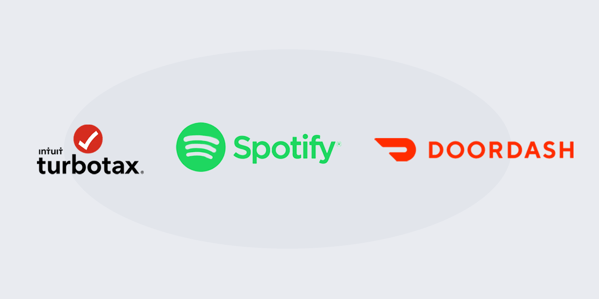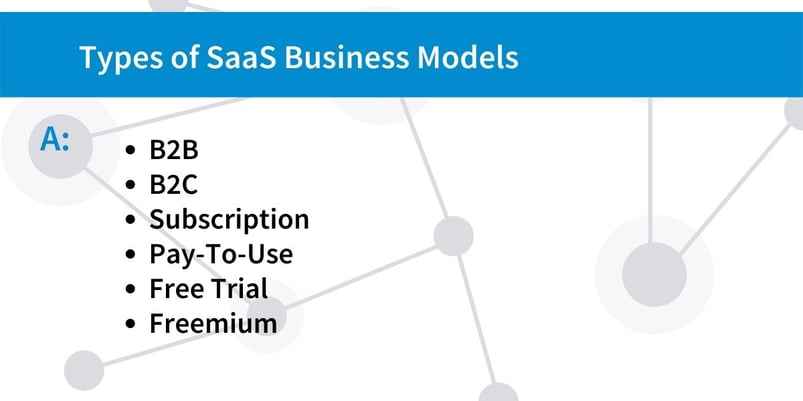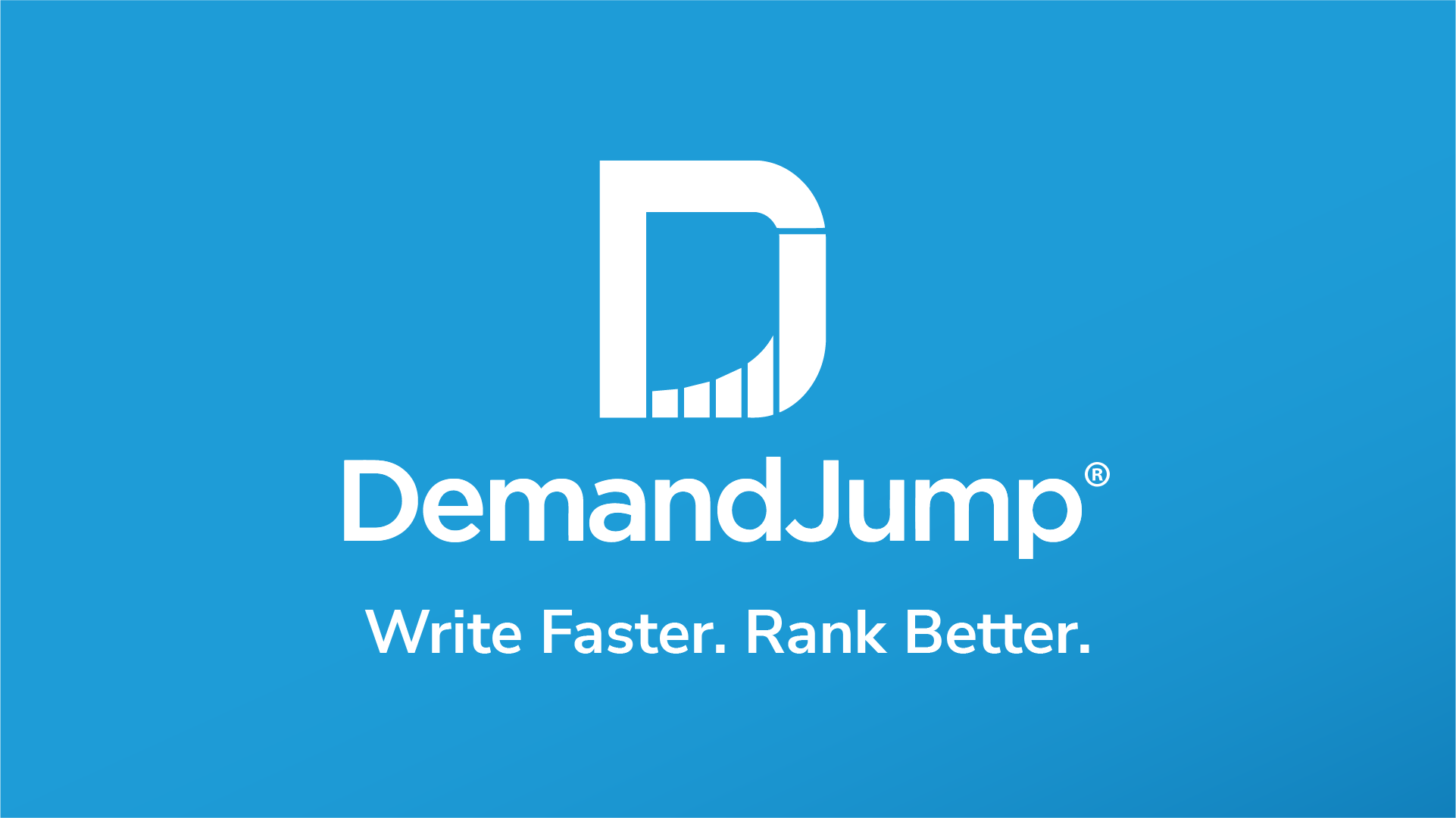If you have spent any time perusing LinkedIn in the last few years, then you have likely come across the acronym SaaS. Maybe it’s in someone’s headline like “Seasoned SaaS Sales Executive.” Perhaps it’s a targeted ad for a SaaS platform that can help you with your financial reporting or marketing efforts. Whatever it is, Software as a Service (SaaS for short)is one the hottest industries in the world right now. In fact, the SaaS market is expected to grow from around 113 billion dollars in 2020 to well over 700 billion dollars by 2028.
Within the SaaS industry, there are all sorts of different business types and models. For example, there are SaaS marketing companies, financial platforms, job schedulers…the list is nearly endless. Aside from software type or the exact services a SaaS company offers, there are two questions that can help distinguish one SaaS entity from another:
- Who is the intended audience for the SaaS product?
- What is the SaaS business model?
In the following blog, we break down these two questions and more to help explain SaaS audiences and business models.
What Are SaaS Businesses?
Before we get too far into this piece, it’s important to understand that SaaS businesses are companies that deliver applications via the internet as opposed to physical downloads. In other words, all you need to access a SaaS product is an internet connection. With physical software you would need to download (or upload) it, maintain it, update it, etc. With SaaS you simply log in to the application’s website in order to use the platform.
What Is an Example of a SaaS Company’s Target Audience?
In the SaaS industry, there are essentially two major target audiences: other businesses or direct consumers. Depending on which type your company is looking to address, you will either fall under B2B or B2C. But what is B2B and B2C in SaaS? B2B stands for business-to-business, while B2C means business-to-customer.
What Is a B2B SaaS Example?
B2B companies create software platforms intended to help businesses with their daily operations and overall business needs. Take us at DemandJump for example. We offer Pillar-Based Marketing (PBM) software as a service. Our customers are other businesses seeking to improve their organic traffic and SEO rankings.
So what makes us a business-to-business SaaS company? The simplest answer is that our platform is designed to deliver the most value to other companies, not consumers. While individuals could theoretically use DemandJump for their own reasons, the audience that we intended to reach—and set out to help—was other businesses. More examples of B2B SaaS companies within the same industry include:
- Salesforce
- HubSpot
- Amazon Web Services
What Is a SaaS Product With an Example for B2C?
B2C SaaS companies offer “products” that are intended to provide value directly to consumers. Take Netflix for example. Netflix offers a streaming software platform as a service. Instead of selling to other businesses to help with operational needs, their intended audience is individual consumers and families. This is what differentiates them as a B2C company as opposed to a B2B one. It’s important to note that B2C SaaS businesses also do not sell a tangible product. Their main offering is still Software as a Service. Other B2C SaaS business examples include:

What Is a SaaS Business Model and How Does It Work?
A SaaS business model is the framework by which a SaaS company creates and delivers value to its customers. One example is the general SaaS business model which dictates that software will be sold, hosted, and accessed on the internet. This makes the SaaS business model noticeably different from other software business models such as ones that consist of purchasing a CD with the software on it and then downloading the software onto your computer.
What are Different SaaS Business Models?
Under the umbrella of the Software as a Service model, there are different types of SaaS business models. SaaS companies use either a subscription model or a pay-for-use model. Essentially, the way a subscription-based model works is that customers pay a recurring price at regular intervals to access the software. For example, with DemandJump, our customers pay a monthly subscription fee to use the platform. Conversely, a pay-to-use (also called pay-as-you-go or pay-per-use) model charges customers only when they use the platform and only for the specific services they are using. So instead of being billed on a regular basis, customers only pay when they use the software on-demand.
Naturally, there are strengths and weaknesses with either of these models for both customers and the SaaS provider themselves. For example, from the customer perspective, a subscription model is nice if you intend to use the platform often enough to actually see a value for the subscription price. On the other hand, if you subscribe to something you barely use, it might feel like you are spending inefficiently. Similarly, as the customer, if you use something everyday, paying a daily pay-to-use fee can stack up quickly. If you are only using the platform a few times, however, then it probably does not make sense to subscribe.
For a SaaS company, subscriptions provide more predictable revenue and tend to increase the product life cycle. However, customers may be less likely to subscribe, and the sales cycle is longer than with a pay-per-use model. The pay-per-use model caters to your audience’s desires of flexibility and upfront affordability. It also has a lower acquisition cost per customer since the sales cycle is shorter. But, with those benefits come unpredictable revenue and a limited lifetime value of customers.
For both subscription and pay-to-use SaaS platforms, it’s important to try and acquire new customers. One of the best ways to do this is to offer a free user experience. There are two “free” business models that SaaS companies often use. Let’s look at those next!
What Are the Different SaaS Business Models for Customer Acquisition?
A couple of different SaaS business models for customer acquisition are free-trial and freemium. In a free-trial model, customers are able to access either part or all of a software product or service, free of charge, for a certain period of time. This is typically a free 7-day trial designed to demonstrate the value the SaaS platform can provide the customer. After the 7 days are up, the customer is faced with the decision to either pay to continue using the software (either via a subscription fee or a pay-to-use charge) or move on to a different one.

In a freemium model, customers are able to access part of the software free of charge, without a time limit. Basically, the customer has access to an unlimited free-trial, except that they can only use specific free features of the product. Premium features require customers to pay in order to access them. This can include things like add-ons, extensions, support integrations, and more.
With either freemium or free-trial models, the goal is to demonstrate value to customers in a way that encourages them to pay for your product or service.
SaaS Business Models and Their Keys to Success
We have covered lots of different SaaS business model examples. How you determine which one of these is the best SaaS business model for your company depends on several factors. To that end, we are going to look at the models we’ve mentioned so far and a few keys to success within each one.

B2B
- Don’t sell to everyone, sell to the right customer. This will provide maximum value and return on your sales efforts.
- Build a compelling value proposition that resonates, differentiates, and substantiates with your buyers.
- Sell holistic solutions, not features. Your buyers want answers to their problems.
B2C
- Solve a common problem. This will expand your customer base.
- Understand that your sales cycle will move at a higher pace than B2B as well as the pros and cons that come with that.
- Don’t expect to approach every single customer success with a relationship-oriented mindset, as you will likely have too many customers to do that. Instead focus on quick and helpful solutions.
Subscription
- Emphasize customer support and success to prolong subscription life cycles. The better an experience your customers have, and the more relational equity they build, the more likely they are to continue subscribing.
- Understand how often customers are churning and why.
- Focus on lifetime value, recurring revenue, and customer acquisition costs when assessing leads and ideal buyers.
Pay-to-Use
- Highlight the value proposition of every feature, allowing customers to see and pay for what they deem useful.
- Emphasize flexibility as a key offering, reinforcing the notion of only paying for what they need, when they use it.
- Assess customer usage to determine if pay-to-use is the right model for your platform.
Free Trial
- If your main goal is to target underserved customers with an existing solution, a free trial has to show them enough value to change their mind and their provider.
- Consider whether a free trial or a freemium model would decrease your time-to-value more for ideal customers.
- Be open to the idea of a hybrid model that includes some elements of a free trial and some freemium components.
Freemium
- Ensure your customer base is broad enough that you are not giving away your platform to the select few who are willing to pay for it.
- Consider the freemium model to appeal to customers who want a simpler solution to their problem rather than all the bells and whistles.
- Be intentional about the limitations of your freemium product or application. It should provide value without decentivising the buyer from paying for your service.
How Do You Create a SaaS Business Model?
There are all sorts of things to consider when creating your own SaaS business model. You need to think about customer acquisition, ideal buyers, go-to-market strategy, pricing and packaging, and so much more. One of the many important things you need to focus on is how to market your SaaS company, though. That’s where DemandJump comes in.
DemandJump is the world’s first Pillar-Based Marketing company. Between our platform and our services, we enable SaaS companies to grow, and increase their organic traffic and brand authority through page one rankings on Google. With our data-first approach, we are able to provide tools like competitor insights and keyword research that allow you to know exactly what content you should be creating to reach your target audience. As a B2B SaaS company ourselves, we are living proof that PBM actually works. To learn more about how we can help you win page one rankings, head over to our website. If you are interested in getting started, you can try our platform for free.












